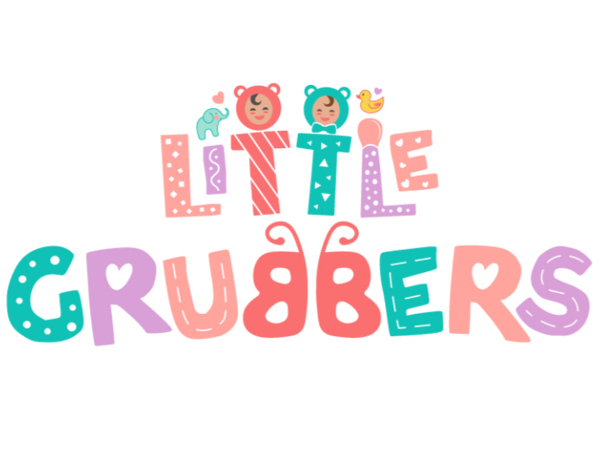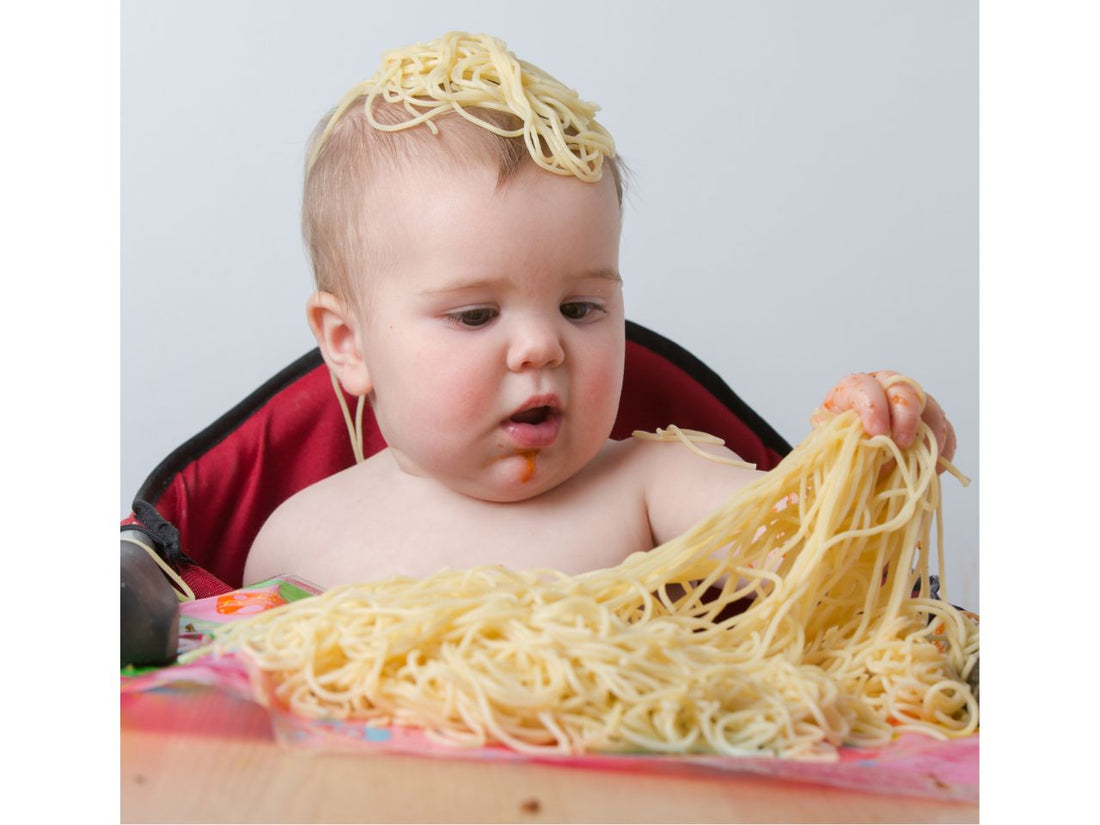From Milk to Mealtime Mischief
Your baby is happily playing in their high chair as you sit down to enjoy a meal. Suddenly, a tiny hand reaches for your plate, grabbing a piece of toast or a spoonful of mashed potatoes. If this sounds familiar, you’re not alone! Many parents experience this adorable but messy milestone when their baby starts stealing food.
But what does it mean when your baby shows this behavior? It’s a sign they’re ready to explore the exciting world of solids and develop their feeding independence. In this blog, we’ll explore why babies grab food, how to navigate this phase, and tips to make mealtime enjoyable for the whole family.
1. Why Do Babies Steal Food?
Babies are naturally curious, and food is no exception. Here’s why they might be grabbing at your plate:
Developmental Readiness
- By 6–8 months, babies are often ready to transition to solids.
- Reaching for your food shows interest in trying new textures and flavors.
Modeling Behavior
- Babies learn by observing you. Watching you eat sparks their curiosity and encourages them to mimic your actions.
Exploration and Play
- For babies, food isn’t just nourishment—it’s also a sensory experience. Touching, squishing, and tasting are all ways they explore the world.
Tip: This phase is a positive sign of growth, so embrace their enthusiasm while setting safe boundaries.

2. How to Safely Introduce Table Foods
If your baby is stealing food, it might be time to start incorporating table foods into their meals.
Start with Safe Foods
- Offer soft, bite-sized pieces like steamed carrots, avocado slices, or banana chunks.
- Avoid choking hazards like whole grapes, hard vegetables, or nuts.
Let Them Explore
- Allow your baby to touch and taste table foods in a controlled setting.
- Use tools like the 3-in-1 Baby Spoon™ to help them transition to feeding themselves.

3. Tips for Managing Food-Stealing Behavior
1. Share Small Portions
- Offer a tiny piece of your food to satisfy their curiosity. This helps them feel included while you monitor what they’re eating.
2. Create Their Own Plate
- Serve baby-safe versions of what you’re eating. For example, if you’re having pasta, set aside a few soft, unsalted pieces for your baby.
3. Use a Divided Plate
- Keep your baby’s food separated to encourage independence and reduce messes.
Tip: Make sure all food is baby-safe and appropriate for their developmental stage.
Check out “How to Encourage Your Baby to Self-Feed” for tips on fostering independence.

4. Teaching Boundaries at Mealtime
While it’s natural for babies to grab food, setting gentle boundaries helps them learn appropriate behavior.
Redirect Their Attention
- Offer a spoon or piece of food from their own plate when they reach for yours.
Encourage Patience
- Teach your baby to wait by modeling the behavior and praising their efforts when they succeed.
Keep Your Plate Out of Reach
- Place your plate farther away if your baby becomes too grabby during meals.
Tip: Stay calm and consistent with boundaries to avoid creating a power struggle.
5. Making Mealtimes Fun and Inclusive
Turn mealtime curiosity into an opportunity for bonding and exploration.
Eat Together
- Babies love to mimic their parents, so sit down and enjoy meals as a family.
Celebrate Milestones
- Cheer them on as they try new foods or practice self-feeding.
Offer Multipurpose Tools
- Tools like the 3-in-1 Baby Spoon™ can make mealtime fun and help babies feel involved.

Embrace the Fun with the 3-in-1 Baby Spoon™
When your baby starts stealing your food, it’s a sign they’re ready for exciting new milestones. With a little patience, creativity, and the right tools, you can turn this phase into a joyful exploration of food and family bonding.
Looking for the perfect tool to help your baby transition to solids? Try Little Grubbers’ 3-in-1 Baby Spoon™, designed to support your baby’s journey to self-feeding with ease and confidence.
Ready to make mealtime fun? Explore the 3-in-1 Baby Spoon™ today!

